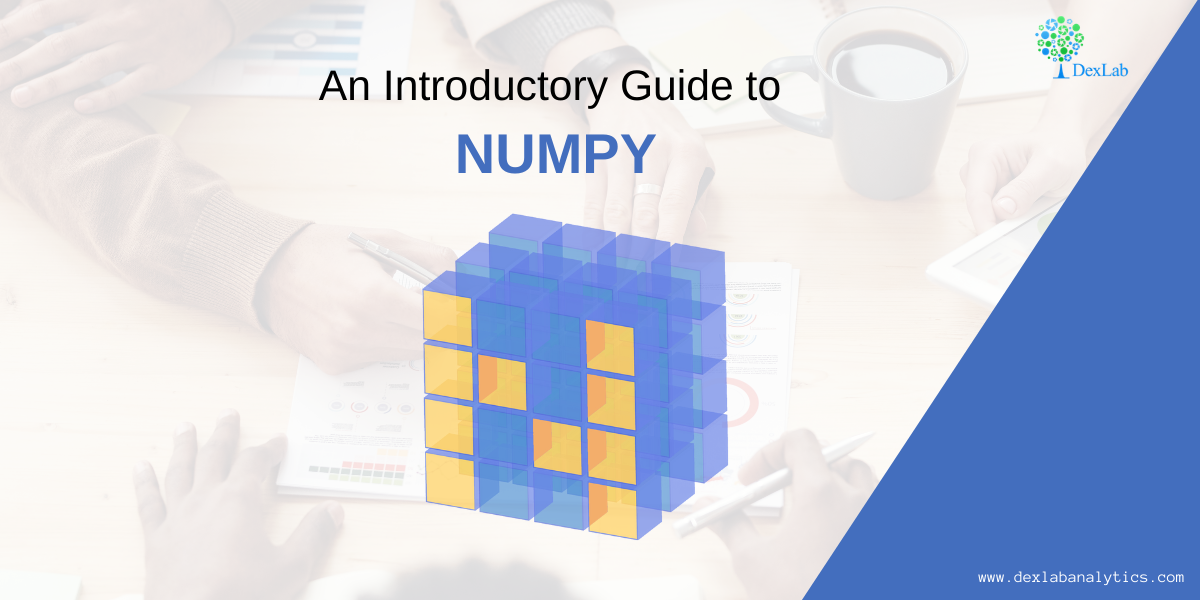NumPy also known as numerical python, is a library consisting of multidimensional array objects and a collection of routines for processing those arrays. Using NumPy, mathematical and logical operations on arrays can be performed without it which was not possible. For example-
Multiplication of two lists will cause an error as a data structure like lists, tuple, dictionaries and sets do not allow mathematical operations.
Therefore we need NumPy to covert our data structures like lists into 1d, 2d, 3d or nd arrays so that mathematical operations can be performed. U
 We can use .array() methods to create these arrays.
We can use .array() methods to create these arrays.
Now let’s check out few examples and also perform few mathematical operations to have a better understanding.
- In the above code we first import NumPy library and then use .array() method to two 1d-array a1 and b1 using the list we previously created.
- Now let’s multiply a1 and b1 array.
- Now let’s use .array() method to directly create an array.
Arrays can be created using lists, tuples and dictionaries as you can see in the above example.
Now for 2-d arrays recall that we can also make list of lists. Let’s use that to create 2d-arrays.
2d-arrays can also be created using tuples.
Remember that we are not using these as matrices because matrix multiplication is an entirely different thing we are just trying to perform mathematical operations which were otherwise not possible.
Random Module
Numpy also has various ways with which we can create array of random numbers which then can be used in number of ways like generating a data for practice purposes or for building beautiful graphs for a presentation.
Given below is a list of type of random numbers you can generate
.rand() :- This particular method helps you generate uniformly distributed random numbers i.e. numbers between 0 and 1 where each number between 0 and 1 will have equal probability to be in the sample dataset.
The above code generates a 2d-array with values between 0 and 1.
.randn():- This method generates normally distributed random numbers i.e. numbers between -3 and +3 where mean=median=mode and ploted gives a bell shaped curve.
Here the 20 random numbers are generated ranging between -3 and + 3.
Note:- Remember that the data is randomly picked from the normally distributed values between -3 and +3 so the graph is not bell shaped but the original data from which the values are being picked randomly is bell shaped with mean=median-mode.
.randint():-This method generates random integers between a given range.
So, with that we come to the end of the discussion on the Numpy. Hopefully it helped you understand Numpy, for more information you can also watch the video tutorial attached down this blog. DexLab Analytics offers machine learning courses in delhi. To keep on learning more, follow DexLab Analytics blog.
.
Machine Learning, Machine Learning Certification, Machine Learning course, Machine Learning course in Gurgaon, Machine Learning course online, Machine Learning Courses, Machine Learning Training, Machine Learning Using Python, NumPy Tutorial, Python, Python certification, python certification course, Python courses, Python Training Institute












